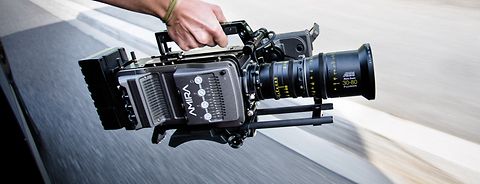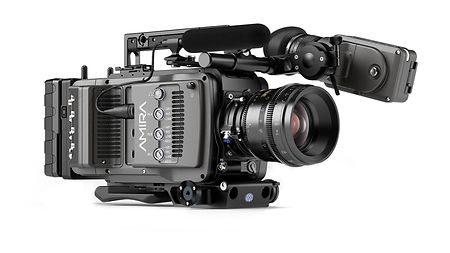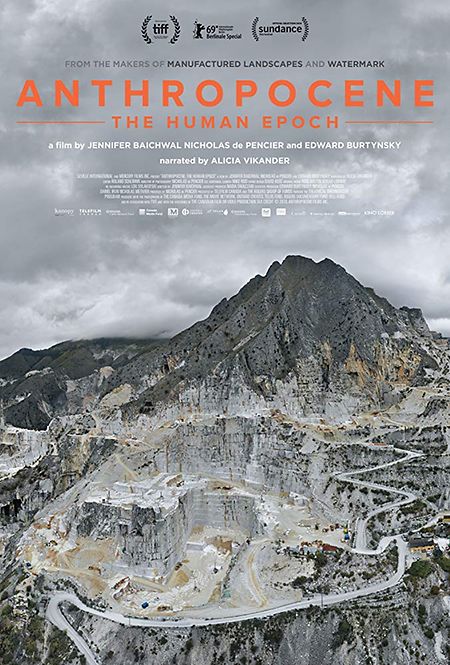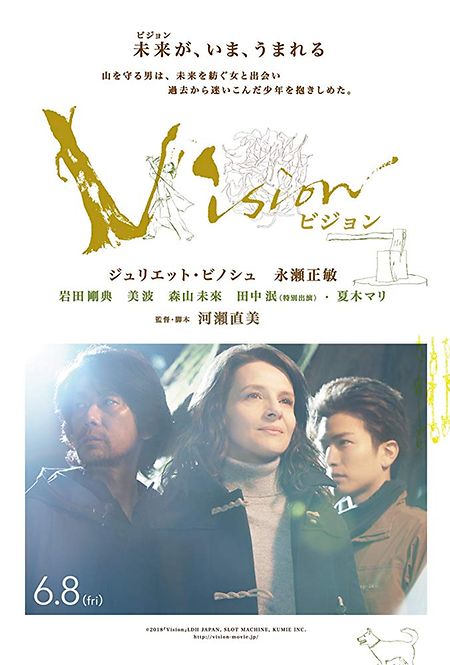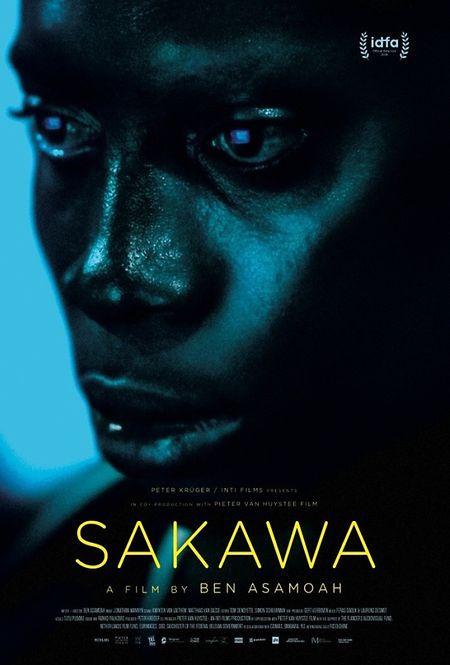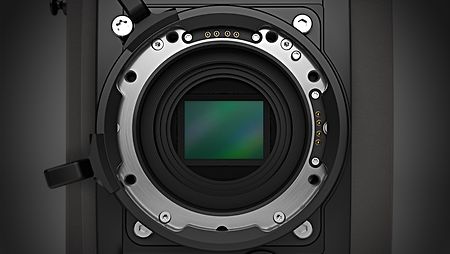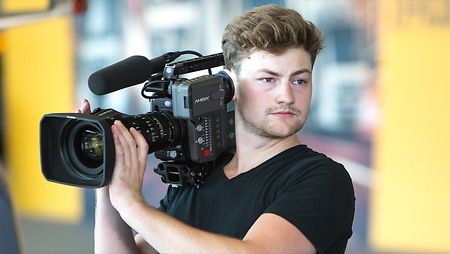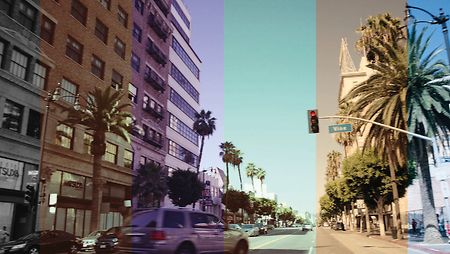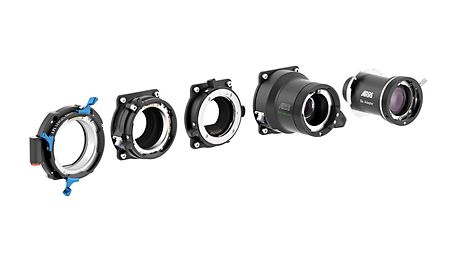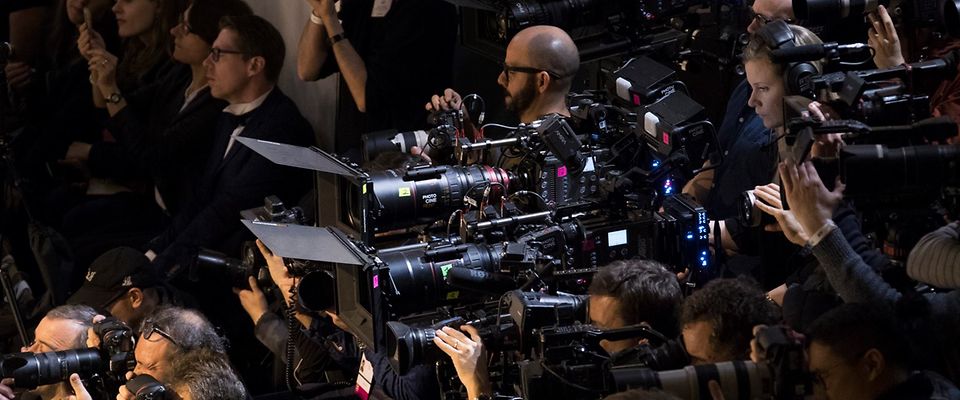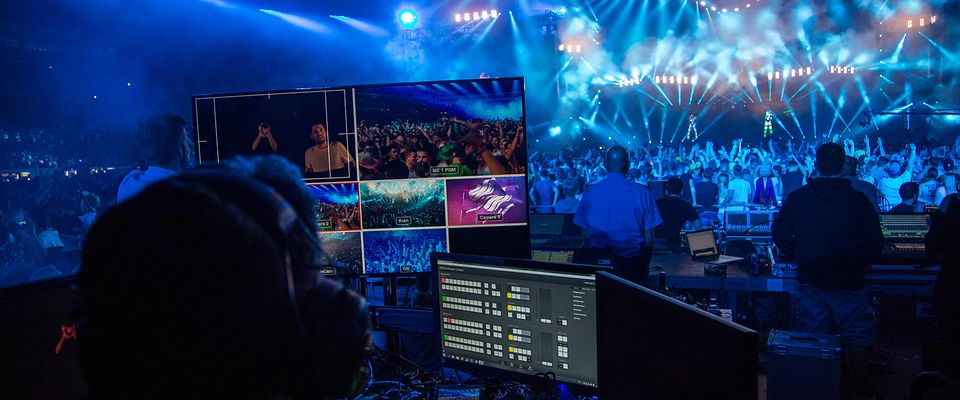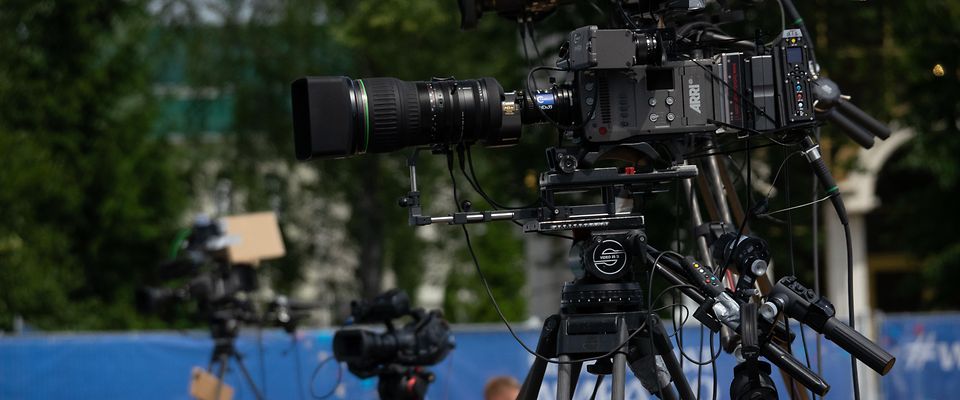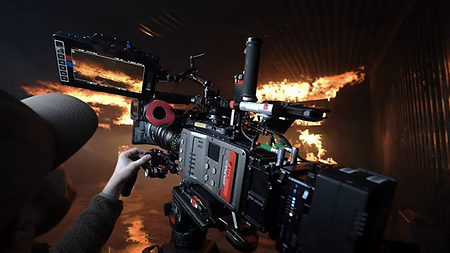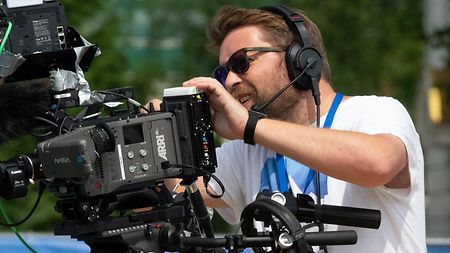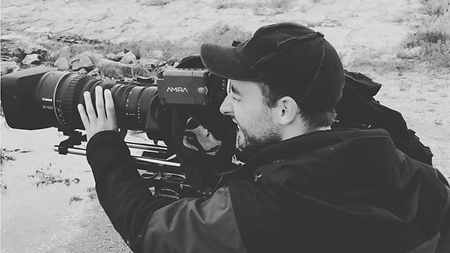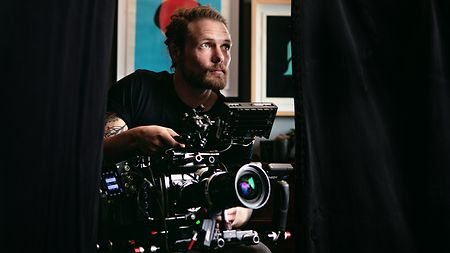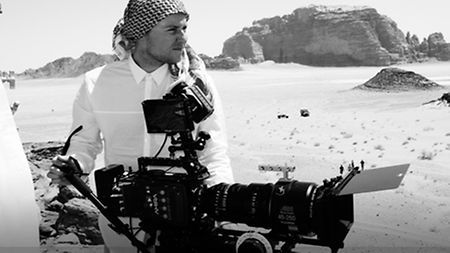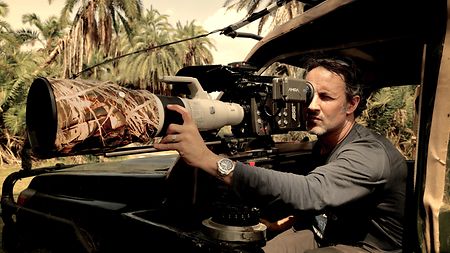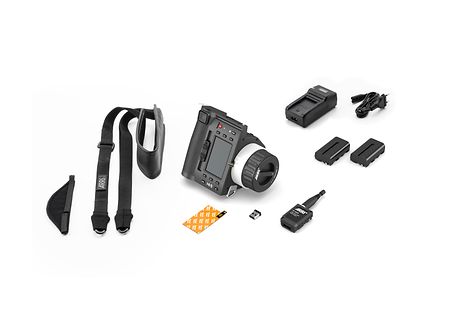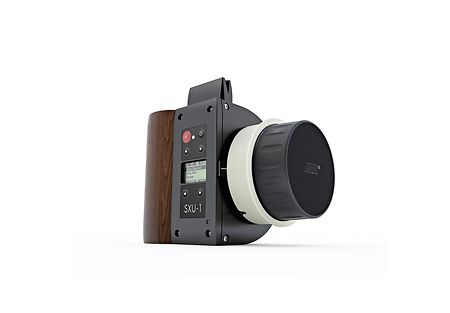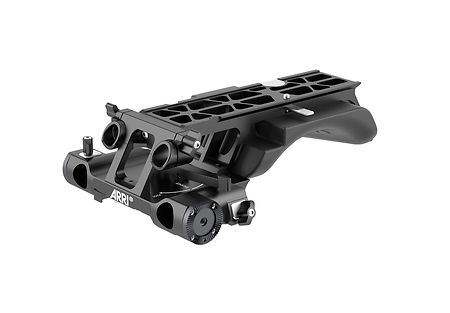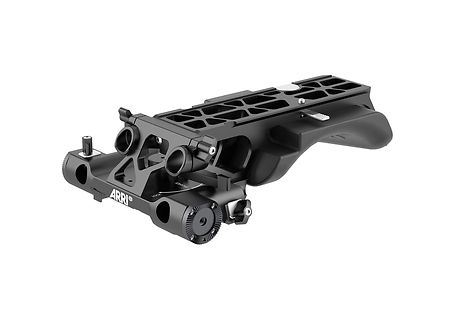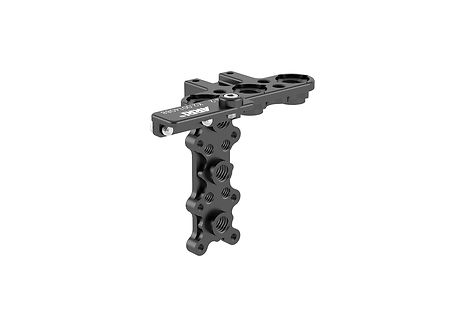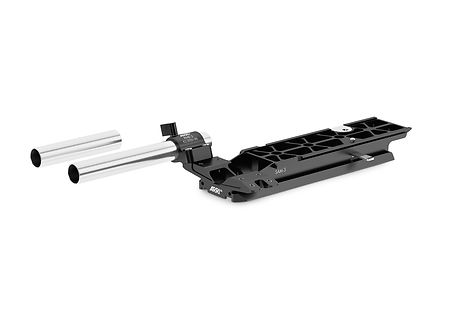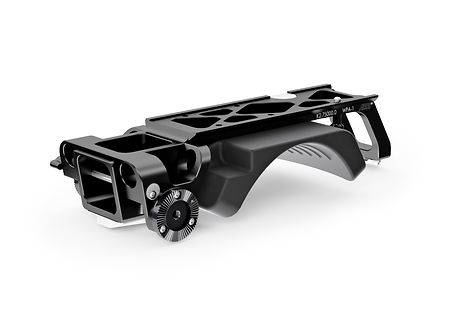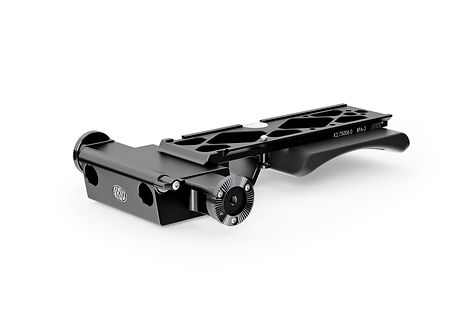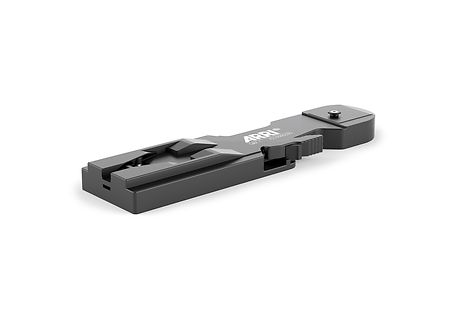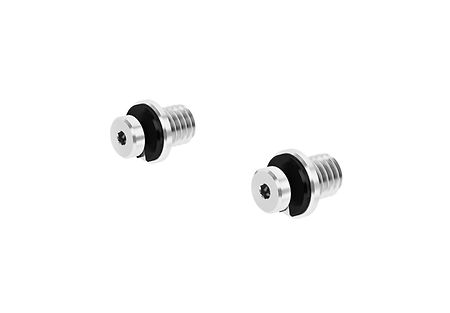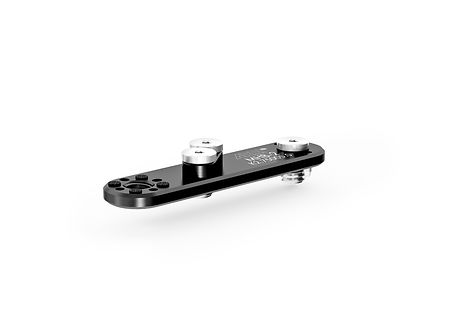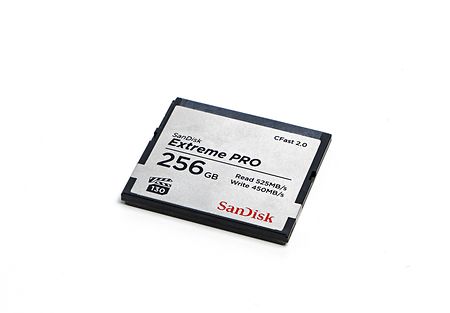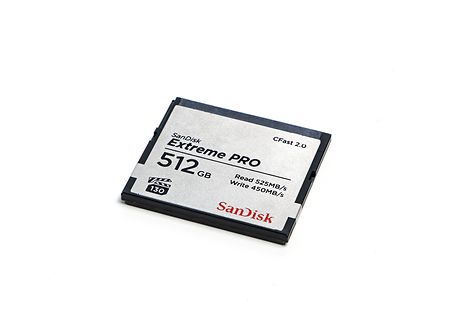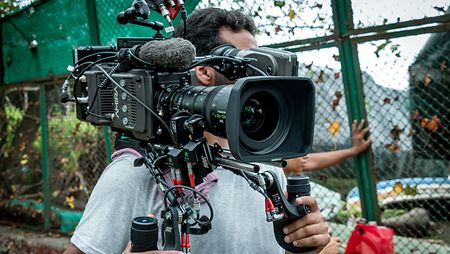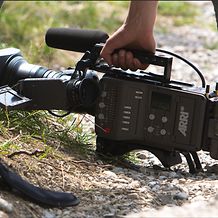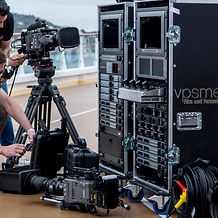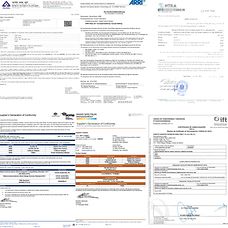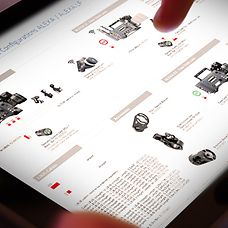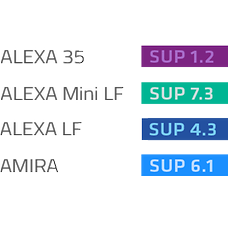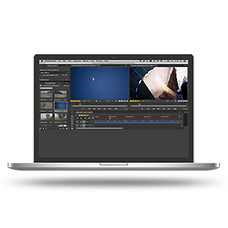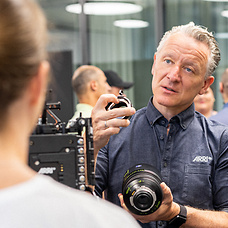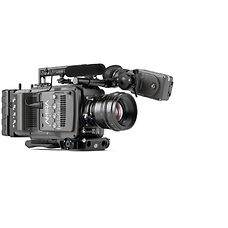Sensor Type
Super 35 format ARRI ALEV III CMOS sensor with Bayer pattern color filter array
Sensor Maximum Number of Photosites and Size
3200 x 1800
26.40 x 14.85 mm / 1.039 x 0.585"
⌀ 30.29 mm / 1.193"
Sensor Frame Rates
0.75 - 200 fps
Weight
∼4.1 kg / ∼9.2 lbs
(camera body with PL lens mount)
Sensor Active Image Area (photosites)
S16 HD: 1600 x 900
HD: 2880 x 1620
2K: 2868 x 1612
3.2K: 3200 x 1800
4K UHD: 3200 x 1800
ARRIRAW 16:9 2.8K: 2880 x 1620
Sensor Active Image Area (dimensions)
S16 HD: 13.20 x 7.43 mm / 0.520 x 0.292"
HD: 23.76 x 13.37 mm / 0.935 x 0.526"
2K: 23.66 x 13.30 mm / 0.932 x 0.524"
3.2K: 26.40 x 14.85 mm / 1.039 x 0.585"
4K UHD: 26.40 x 14.85 mm / 1.039 x 0.585"
ARRIRAW 16:9 2.8K: 23.76 x 13.37 mm / 0.935 x 0.526"
Recording File Container Size (pixel)
S16 HD: 1920 x 1080
HD: 1920 x 1080
2K: 2048 x 1152
3.2K: 3200 x 1800
4K UHD: 3840 x 2160
ARRIRAW 16:9 2.8K: 2880 x 1620
Recording File Image Content (pixel)
ProRes S16 HD: 1920 x 1080
ProRes HD: 1920 x 1080
ProRes 2K: 2048 x 1152
ProRes 3.2K: 3200 x 1800
ProRes 4K UHD: 3840 x 2160
ARRIRAW 16:9 2.8K: 2880 x 1620
Dynamic Range
14+ stops over the entire sensitivity range from EI 160 to EI 3200 as measured with the ARRI Dynamic Range Test Chart (DRTC-1)
Exposure Index
Adjustable from EI 160-3200 in 1/3 stops
EI 800 base sensitivity
Shutter
Electronic shutter, 5.0°- 356° or 1s - 1/8000s
Recording Formats
MXF/ARRIRAW
Apple ProRes 4444 XQ
Apple ProRes 4444
Apple ProRes 422 HQ
Apple ProRes 422
Apple ProRes 422 LT
MPEG-2 HD
Recording Media
CFast 2.0 Cards
Recording Frame Rates
ProRes HD: 0.75 - 200 fps
ProRes S16 HD: 0.75 - 200 fps
ProRes 2K: 0.75 - 200 fps
ProRes 3.2K: 0.75 - 60 fps
ProRes UHD: 0.75 - 60 fps
MFX/ARRIRAW 16:9 2.8K: 0.75 - 48 fps
MPEG-2 HD: 23.976 - 59.94 fps
Recording Modes
Standard real-time recording
Pre-recording
Intervalometer
Stop Motion
Viewfinder Type
Multi Viewfinder MVF-1 with 3,2" flip-out monitor
Camera Control Panel (CCP-1) with option to daisy-chain MVF-1
Viewfinder Technology
OLED viewfinder display
LCD flip-out monitor
Viewfinder Resolution (pixel)
1280 x 720
Viewfinder Diopter
Adjustable from -5 to +5 diopters
Color Output
Rec 709
Rec 2020
Log C
Custom Look (ARRI Look File ALF-2)
Look Control
Import of custom 3D LUT
ASC CDL parameters (slope, offset, power, saturation)
Knee, gamma, saturation, black gamma, saturation by hue
Support of ARRI Look Library
White Balance
Manual and auto white balance, adjustable from 2000K to 11000K in 10K steps
Color correction adjustable range from -16 to +16 CC
1 CC corresponds to 035 Kodak CC values or 1/8 Rosco values
Filters
Built-in motorized ND filters 0.6, 1.2, 2.1
Fixed optical low pass, UV, IR filter
Image Outputs
1x proprietary signal output for MVF-1 viewfinder
2x SDI Out: 1,5G (SMPTE ST292-1), 3G (SMPTE ST425-1, ST425-3), 6G & DL 6G (SMPTE ST2081-10, ST2081-11)
uncompressed video with embedded audio and metadata
Lens Squeeze Factors
1.00, 1.30
Exposure and Focus Tools
False Color
Zebra
Zoom
Waveform
Aperture and Color Peaking
Audio Input
2x XLR 3pin Mic/Line Input with 48V Phantom Power, switchable to AES3
1x XLR 5pin Mic/Line Input with 48V Phantom Power
(Line input max. level +24dBu correlating to 0dBFS)
Bluetooth whisper track
Audio Output
3,5mm stereo headphone jack
Bluetooth audio
SDI (embedded)
Audio Recording
4 channel linear PCM, 24 bit 48 kHz
1 channel Bluetooth whisper track
Remote Control Options
Web-based remote control from phones, tablets and laptops via WiFi & Ethernet
Camera Access Protocol via Ethernet & WiFi
GPIO interface for integration with custom control interfaces
Interfaces
1x BNC LTC Timecode In/Out
1x BNC SDI Ret/Sync In (opt. separate analog Genlock In)
1x LEMO 6pin EXT multi purpose accessory interface
1x Hirose 12pin (on PL lens mount)
1x RJ45 Ethernet for remote control and service
2x USB 2.0 (for user setups, look files etc)
Wireless Interfaces
Built-in WiFi module (IEEE 802.11b/g)
Built-in Bluetooth module
Lens Mounts
PL lens mount with Hirose connector and LDS
EF lens mount
B4 lens mount with Hirose connector
LPL lens mount with LBUS connector
Leitz Cine Wetzlar M lens mount
Flange Focal Depth
PL mount: 52 mm
LPL mount: 44 mm
Power Input
1x LEMO 8pin (10.5-34 V DC)
1x On-board battery interface (10.5-24 V DC)
Power Consumption
min. 52 W
max. 84 W
(Camera body with MVF-1)
Power Outputs
1x Fischer 3pin 24V RS
1x LEMO 2pin 12V
1x Hirose 4pin 12V
1x LEMO 6pin EXT 24V
Measurements (HxWxL)
149 x 139 x 309 mm / 5.8 x 5.4 x 12.1"
(camera body with PL lens mount)
Operating Temperature
-20° C to +50° C / -4° F to +122° F @ 95% relative humidity max, non condensing, splash and dust proof through sealed electronics
Storage Temperature
-30° C to +70° C / -22° F to +158° F
Sound Level
< 20 dB(A) at 24fps
Software Licenses
AMIRA Advanced License Key
AMIRA Premium License Key
AMIRA 4K UHD License Key
AMIRA ARRIRAW License Key
ARRI Look Library License Key





